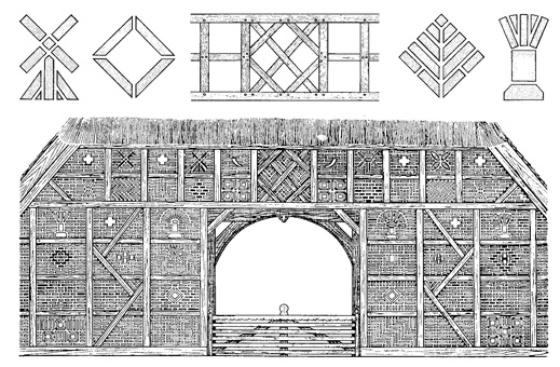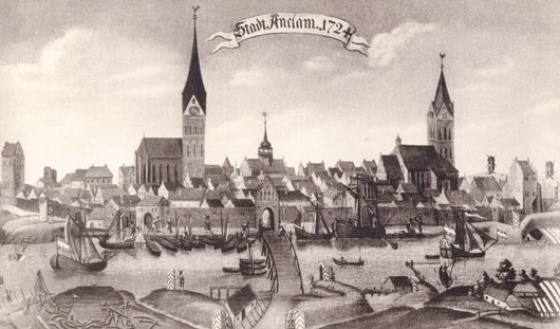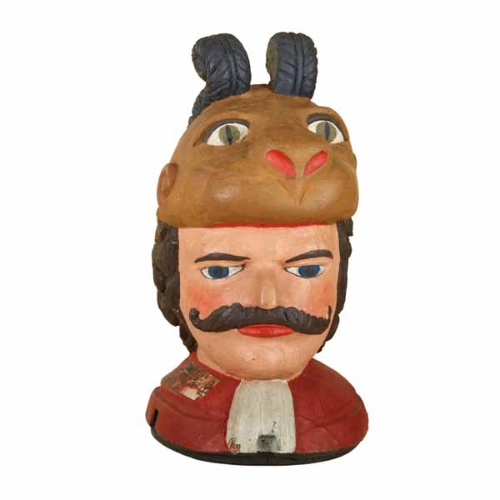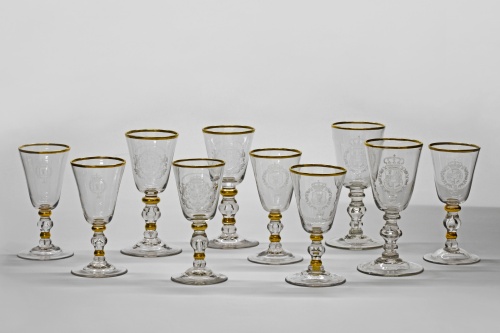In Mecklenburg-Strelitz the trades of wool weaving, cloth making, glass manufacturing, tobacco growing and hop growing were promoted in Neubrandenburg and Wesenberg. Ducal cloth dyeing works were built in Mirow and Feldberg. The production of wool, cloth, tobacco and silk in Mecklenburg-Schwerin, and the arrival of foreign commercial businesses in Schwerin-Schelfstadt, were less successful due to foreign competition. Tobacco, wood, corn and glass were exported. Trading was done via Rostock, Lübeck and Hamburg.
Trade and industry 1700 up to 1750
On the timeline through this topic


A French colony settles in Stettin after the constitution of Swedish Pomerania, where it contributes to production. Significant fortifications are built in Pasewalk to establish a military stronghold. The 'Royal Prussian and Margrave of Bayreuth's Regiment of Dragoons' has its headquarters there.
Sweden improves the highways and expands postal connections. The shipping situation in Barth picks up around the mid-18th century. It starts with the construction of a 72-ton vessel in 1728. A starch factory is built in Stralsund. A woollen mill and manufacturer of utensils is made official purveyor to Swedish Pomerania. Still 15 of 20 merchant firms suffer bankruptcy. Merchant shipping in other cities overtakes Stralsund.




